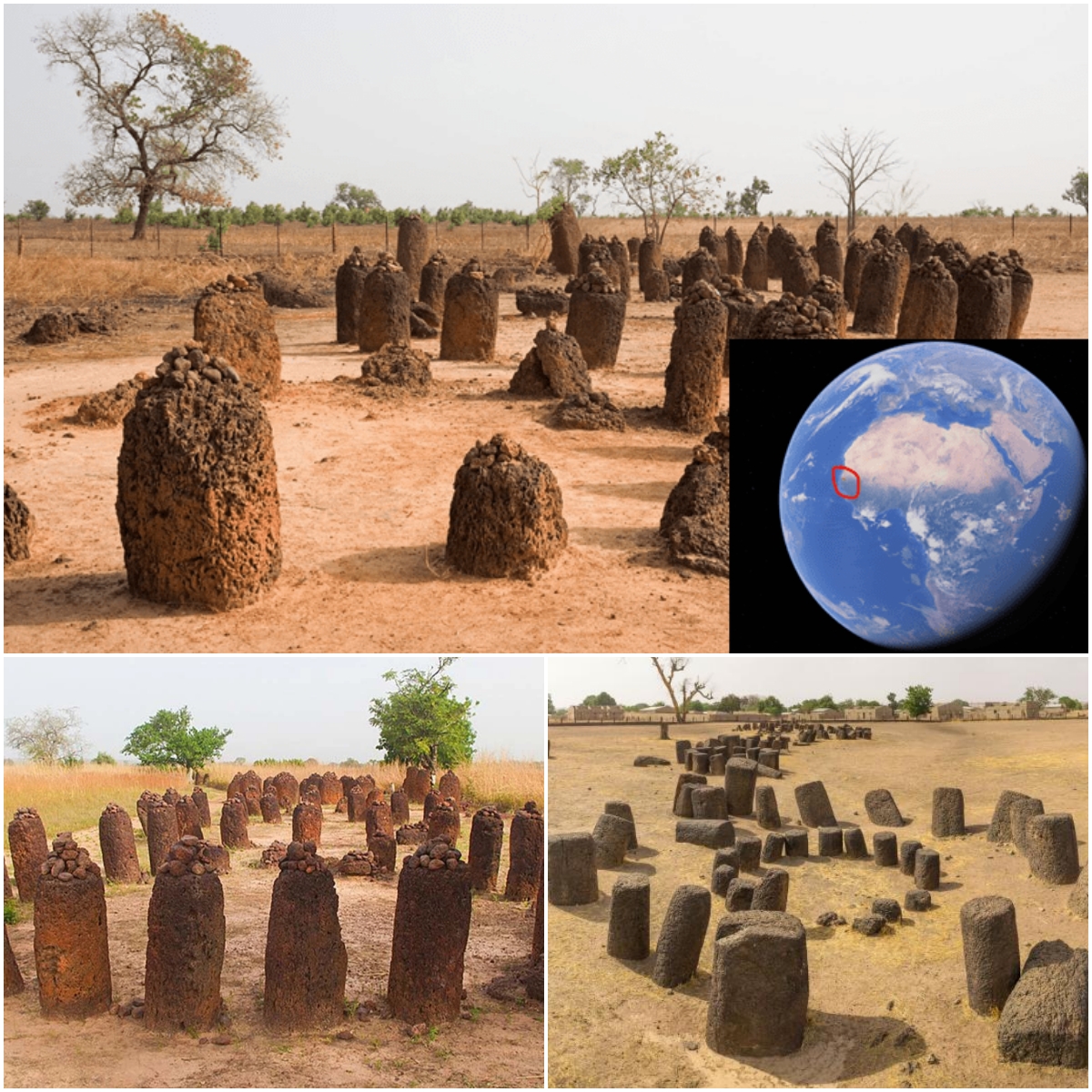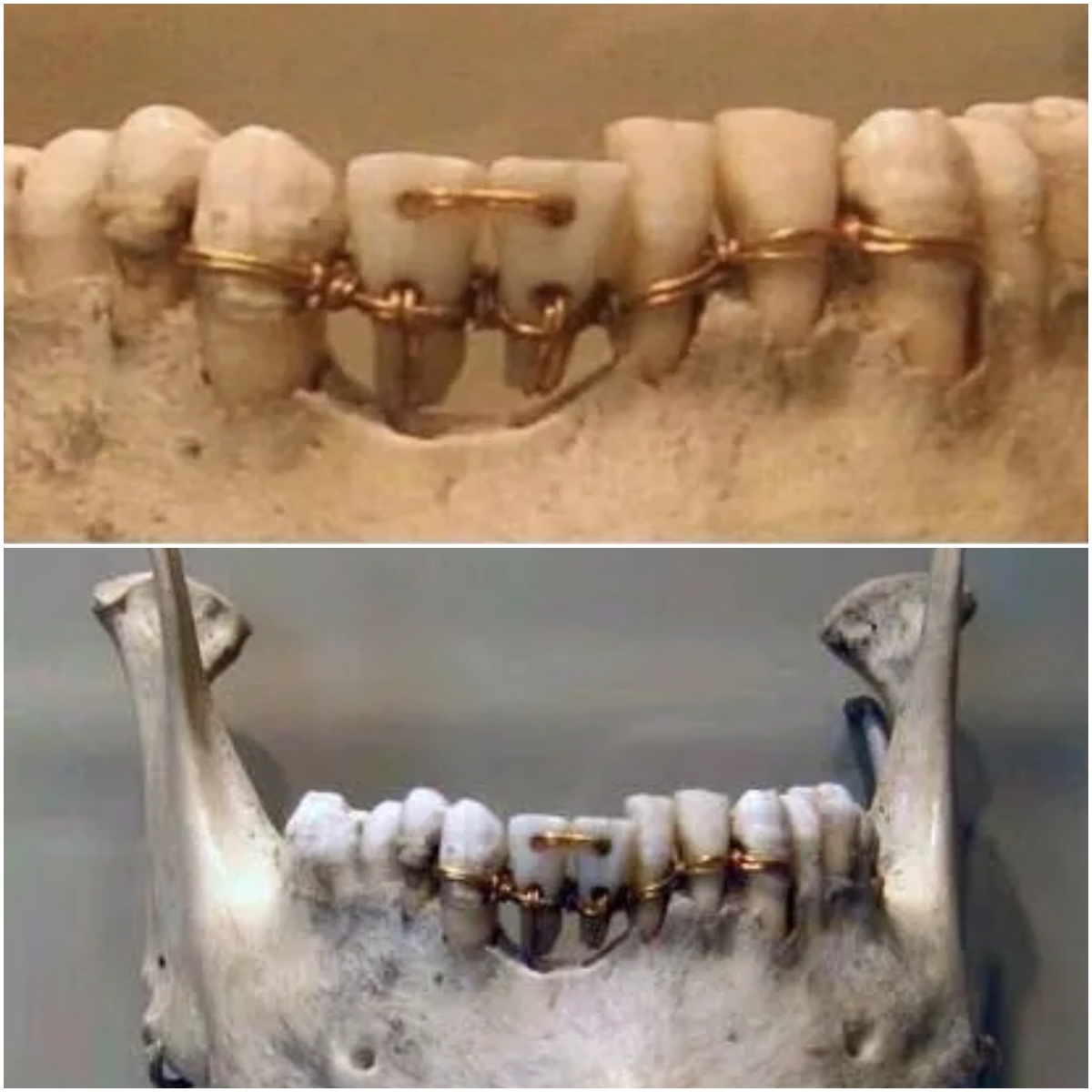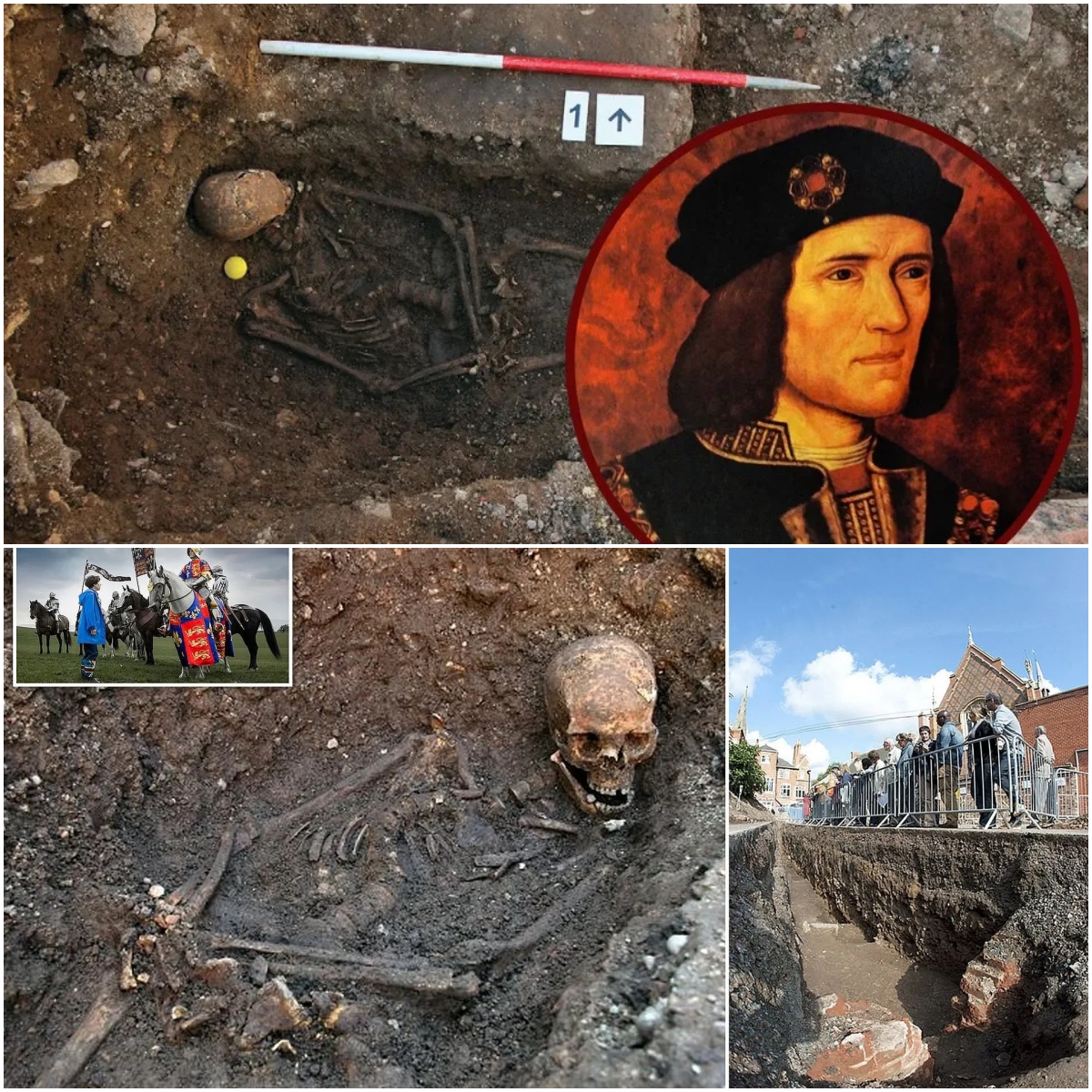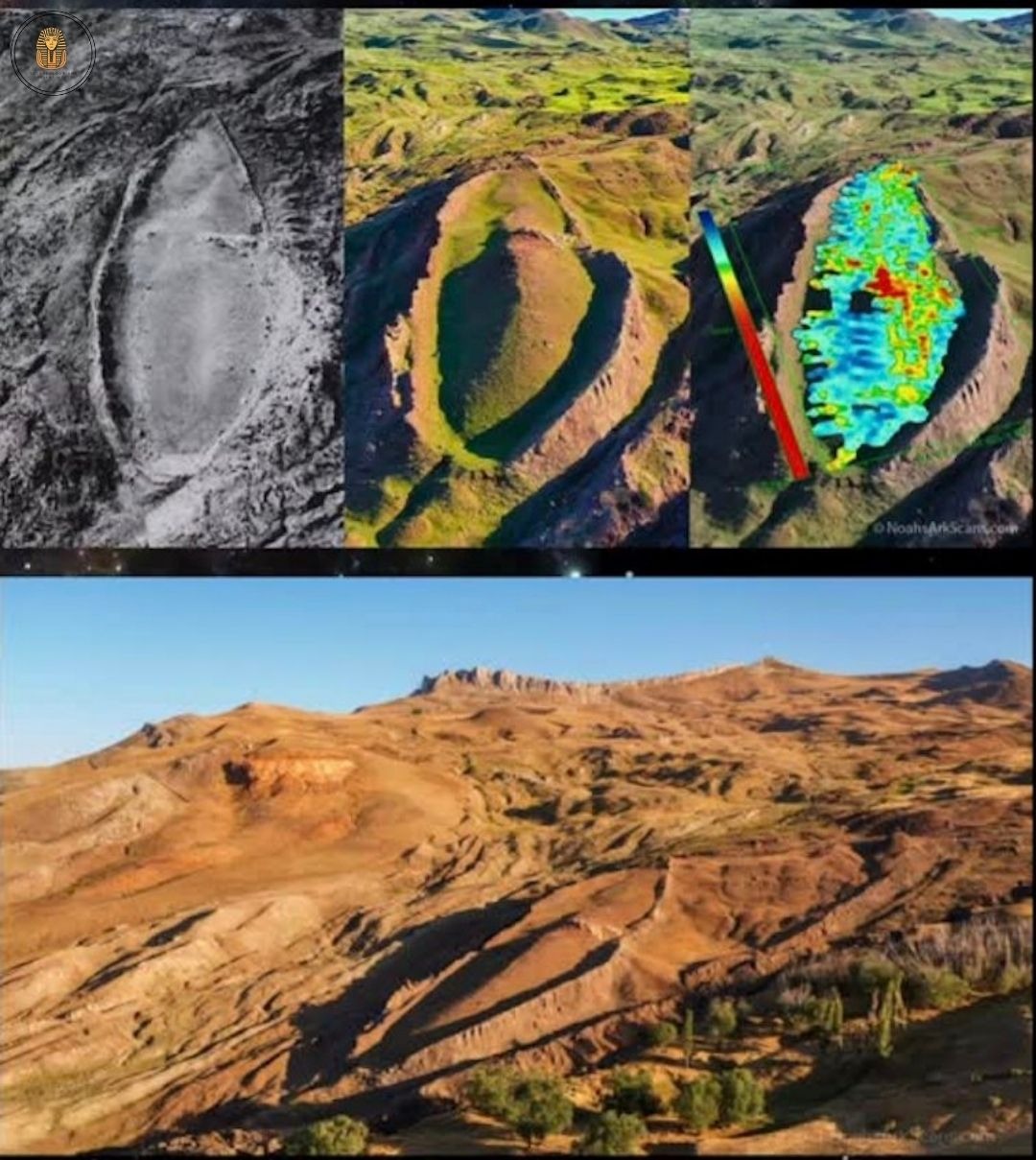Chauvet Cave: A Prehistoric Cathedral Sealed for 21,000 Years
In 1994, three French speleologists squeezed through a narrow cliffside tunnel near the Ardèche River—and stumbled into a cathedral of Ice Age art. Hidden from the world for over 21,000 years by a perfectly timed landslide around 19,000 BCE, the Chauvet Cave preserved some of the oldest known paintings ever created by humans.
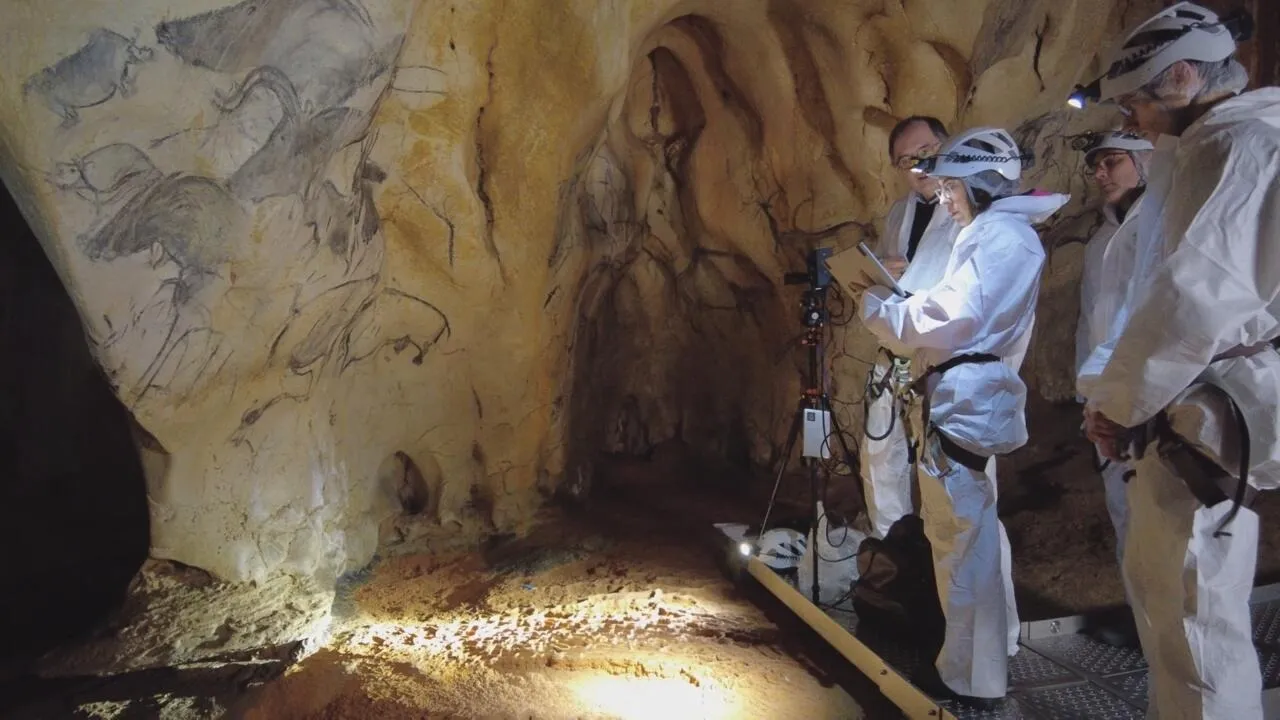
Its limestone walls pulse with life: over 400 animals rendered in charcoal and ochre—charging woolly rhinos, dueling cave lions, and a flowing, 10-meter panel of galloping horses that seems to move like a Paleolithic film strip.
Ice Age Artists: Raw Skill, Timeless Genius
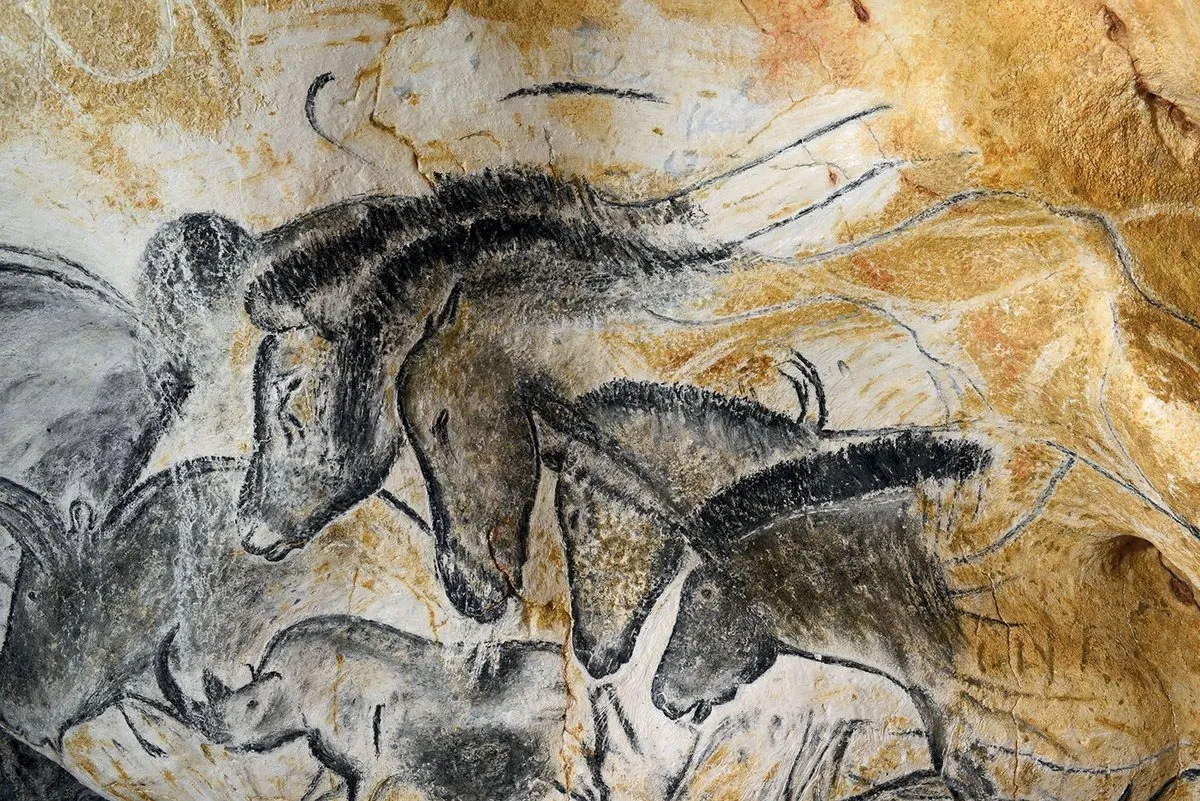
Radiocarbon dating shook the archaeological world. These artworks were painted twice as early as the famous Lascaux cave, at a time when Neanderthals still roamed parts of Europe. But the artists were anything but primitive. Before painting, they scraped the walls clean, carefully using the natural contours of the cave to create 3D effects—like the head of a bison emerging from a bulge in the stone.
Even more astonishing: they exploited the flicker of torchlight to make the animals seem to move. This wasn’t just painting—it was a kind of proto-cinema, created nearly 30,000 years before the invention of film.
The Child Who Walked Among Masters
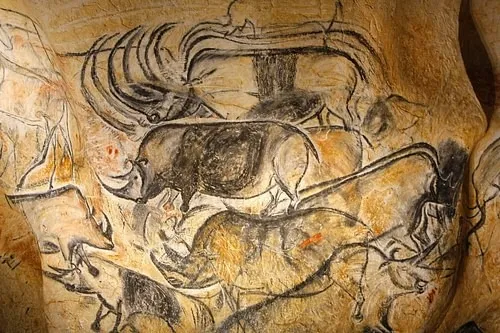
Among the cave’s preserved wonders is something quietly human: the fossilized footprints of an 8-year-old child, perhaps an apprentice, captured forever in the soft clay floor. Nearby, wolf tracks cross the path. Did they walk together? Was this animal companion wild or tamed?
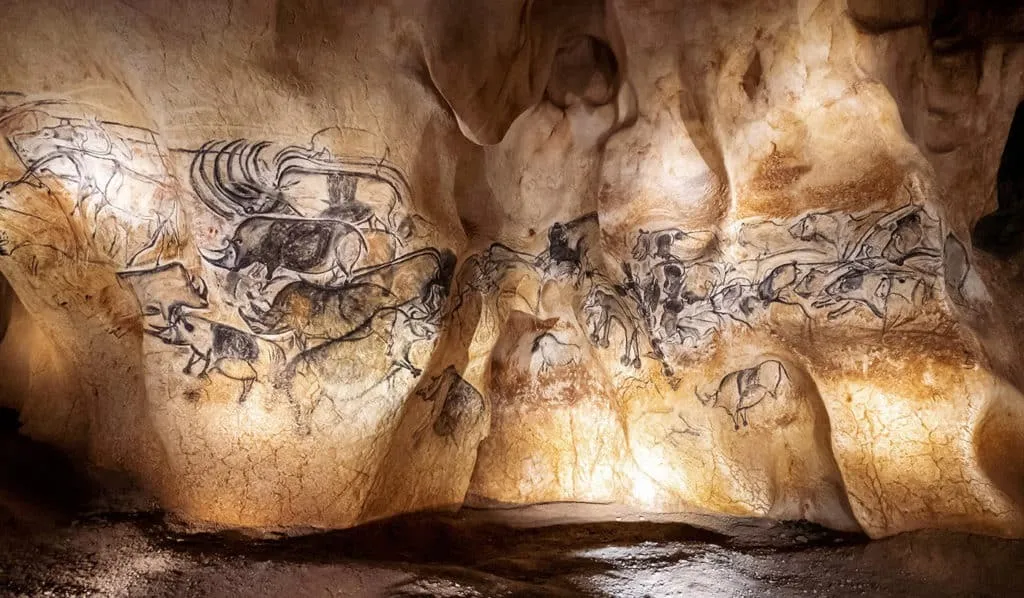
Today, Chauvet Cave remains sealed to protect its fragile contents, but its discovery opened an unprecedented window into the minds of our Paleolithic ancestors—artists, storytellers, and dreamers, just like us.


